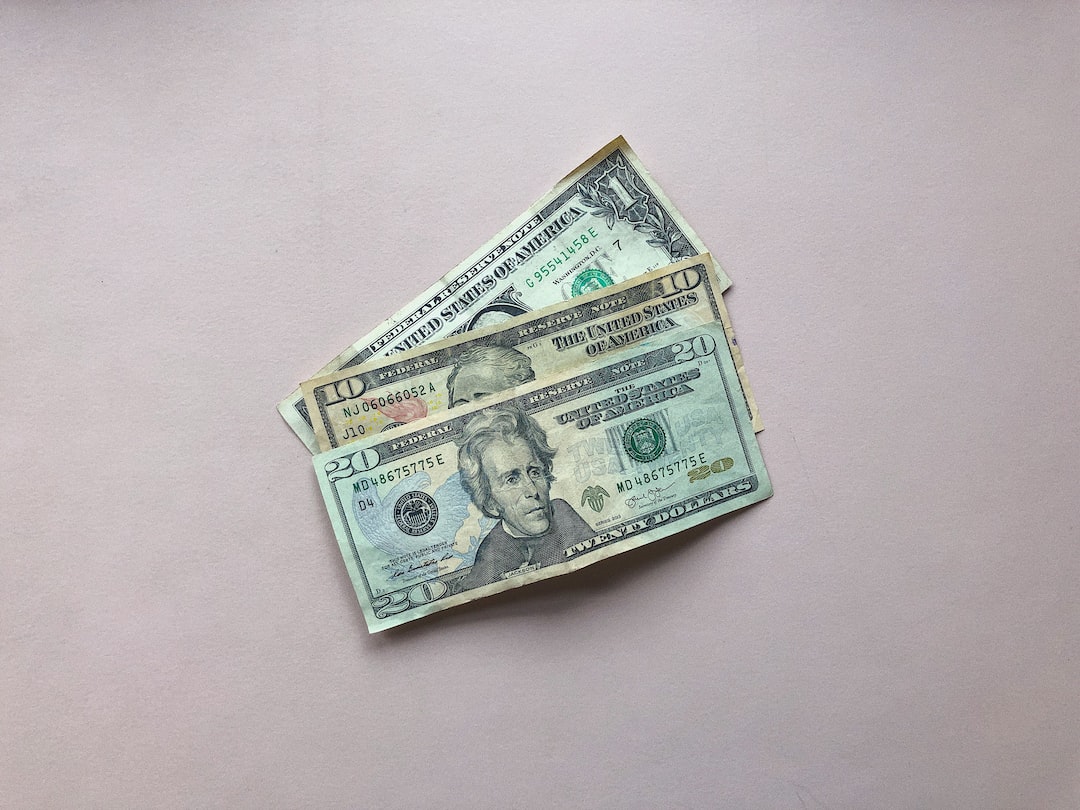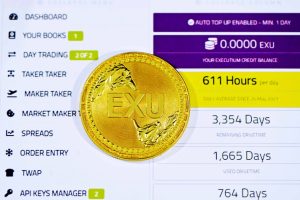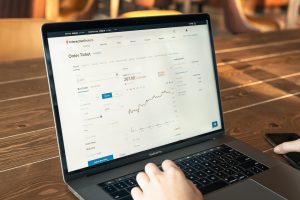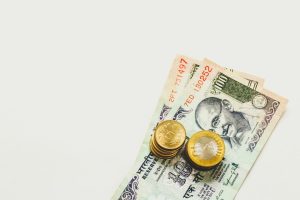The margin percentage in forex trading refers to the amount of money that a trader needs to put down in order to open a position. This is a crucial component of forex trading because it determines how much leverage a trader can use. Margin percentage is the percentage of the total position value that a trader needs to deposit in order to open a position. In this article, we will explain how to calculate margin percentage in forex trading.
Calculating Margin Percentage
The margin percentage is calculated based on the leverage ratio that a trader is using. The leverage ratio is the ratio of the total position value to the amount of money that a trader has deposited. The higher the leverage ratio, the lower the margin percentage. The formula for calculating margin percentage is:
Margin Percentage = (Margin Requirement / Total Position Value) x 100%
For example, suppose a trader wants to open a position in EUR/USD with a total value of $100,000 and a margin requirement of 1%. The trader would need to deposit $1,000 in order to open this position. The margin percentage would be:
Margin Percentage = (1,000 / 100,000) x 100% = 1%
This means that the trader needs to deposit 1% of the total position value in order to open the position.
Margin Call
It is important to note that if the value of the position drops below a certain level, the broker may issue a margin call. This means that the trader needs to deposit additional funds in order to maintain the position. If the trader fails to deposit additional funds, the position may be closed out by the broker.
The margin call level varies depending on the broker and the trading platform. Some brokers may require a margin call when the value of the position drops below 50% of the initial margin requirement, while others may require a margin call when the value of the position drops below 30%.
Leverage Ratio
The leverage ratio is a key factor in determining the margin percentage. The higher the leverage ratio, the lower the margin percentage. For example, if a trader uses a leverage ratio of 100:1, the margin requirement would be 1% of the total position value. If the trader uses a leverage ratio of 50:1, the margin requirement would be 2% of the total position value.
It is important to understand the risks and benefits of using leverage in forex trading. While leverage can amplify profits, it can also amplify losses. Traders should always use leverage with caution and only use leverage that they can afford to lose.
Conclusion
In conclusion, the margin percentage in forex trading is the percentage of the total position value that a trader needs to deposit in order to open a position. The margin percentage is calculated based on the leverage ratio that a trader is using. The higher the leverage ratio, the lower the margin percentage. It is important for traders to understand the risks and benefits of using leverage in forex trading and to only use leverage that they can afford to lose.






